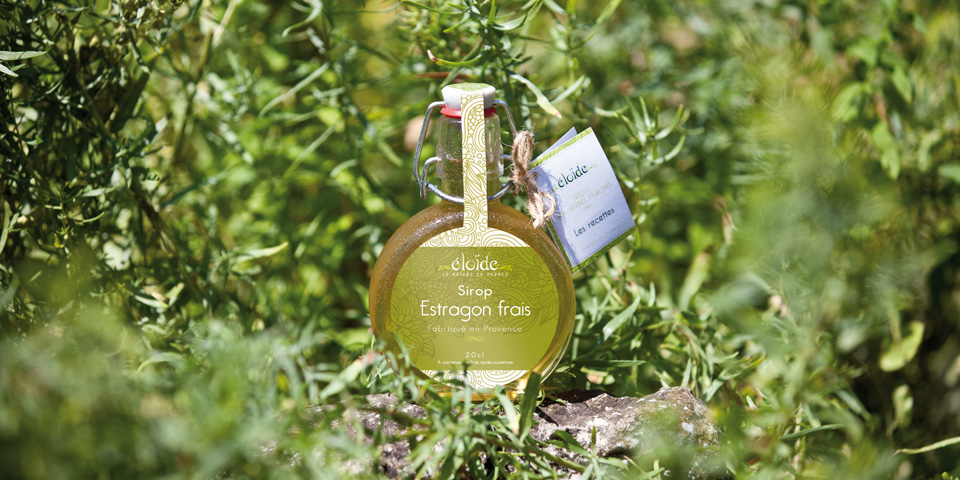The tarragon:
Its slender stems seen in spring will start disappearing by the end of autumn. In winter, it was always important to be careful not to put a hard kick in this space which seemed then completely free from vegetation, and where one would have liked to add a bit of compost! The nice green leaves would have been bashed up well! Nothing seemed to be able to unsettle the growth of this plant fighting in duel with the mint!
Virtues:
The tarragon can help to relieve stomach cramps. Chew a couple of dried or fresh leaves until it has become pasty – keep it under your tongue towards your teeth.
The tarragon would favour the production of gall by the liver, which makes digestion easier and helps to accelerate up the process of eliminating toxic waste in the body.
In infusion, this plant is a very good antispasmodic, capable of slackening the nervous system and fighting insomnia. It also serves to relieve the muscular contractures and the pain due to osteoarthritis.
Tarragon is a general and digestive stimulant, thanks to its high level of in vitamin C. To use its carved fresh leaves allows one to find appetite while favouring a good digestion. It also assures the good functioning of intestinal transit, which it cleans.
The plant:
The tarragon has ramified stems with narrow leaves and its stump is enduring. It will be satisfied perfectly in the middle of an aromatic massif for the kitchen.
Geographical origins: Centre of Europe. South of Russia.
Grown-up dimensions: Height up to 80 cm.
Foliage: Obsolete. Dark green smooth and bright narrow leaves.
Type of soil: Cool and light, rich in humus.
Climate: Rural until-15°C.
Exhibition: The Full sun.



